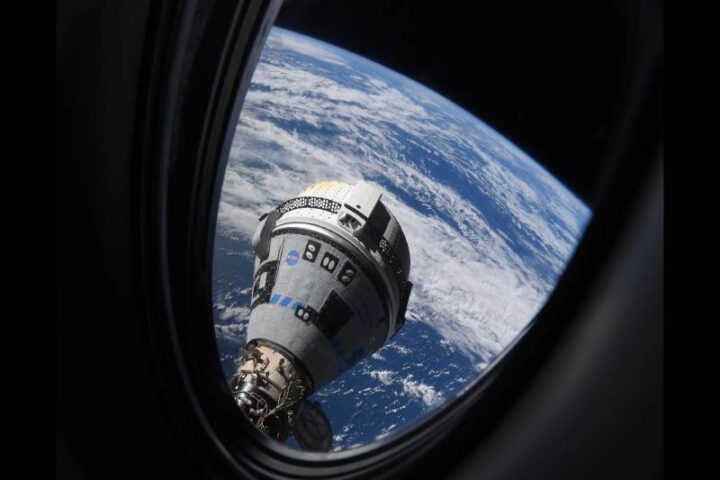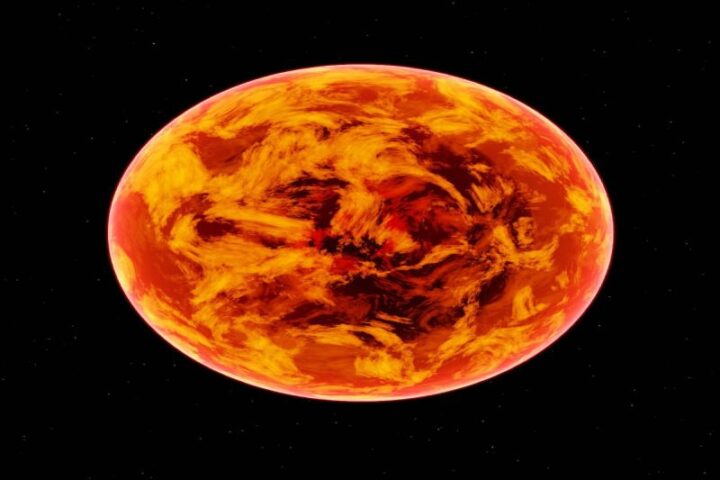NASA’s James Webb Space Telescope (Webb) has provided a breathtaking infrared view of the star-forming region NGC 346, found in the neighboring dwarf galaxy known as the Small Magellanic Cloud (SMC). As the most prominent and extensive star-forming region in the SMC, NGC 346 has been a subject of intense study, offering new insights into the cosmic processes of star birth.
The Small Magellanic Cloud is a satellite galaxy of the Milky Way, visible to the naked eye in the southern constellation Tucana. Unlike the Milky Way, the SMC is considered more primitive, containing fewer heavy elements that are typically forged in stars through processes like nuclear fusion and supernova explosions.
Researchers had anticipated that the SMC would have minimal amounts of cosmic dust since such dust is composed of heavy elements such as silicon and oxygen. However, the images from Webb’s Mid-Infrared Instrument (MIRI), as well as previous observations from Webb’s Near-Infrared Camera, have revealed an unexpected abundance of dust in the NGC 346 region.
In the featured image, blue tendrils represent emissions from materials like dusty silicates and polycyclic aromatic hydrocarbons (PAHs), which are sooty chemical molecules. The diffuse red emissions stem from warm dust that has been heated by the brightest and most massive stars at the heart of NGC 346. An arc seen on the left side of the image may result from light reflection from a star near its center. Bright patches and filaments highlight areas teeming with protostars, young stars still enveloped in their dusty cocoons.
Webb’s ability to capture detailed views of star-forming regions like NGC 346 offers astronomers the opportunity to better understand the processes of star birth. By combining data from Webb’s near-infrared and mid-infrared instruments, scientists can conduct a more comprehensive survey of stars and protostars in this dynamic region. These findings also hold significance for our comprehension of galaxies that existed during the “cosmic noon” era billions of years ago, a time when star formation was at its peak and heavy element concentrations were lower, similar to the conditions in the SMC.
Disclaimer: The views, suggestions, and opinions expressed here are the sole responsibility of the experts. No Euro Tidings journalist was involved in the writing and production of this article.





